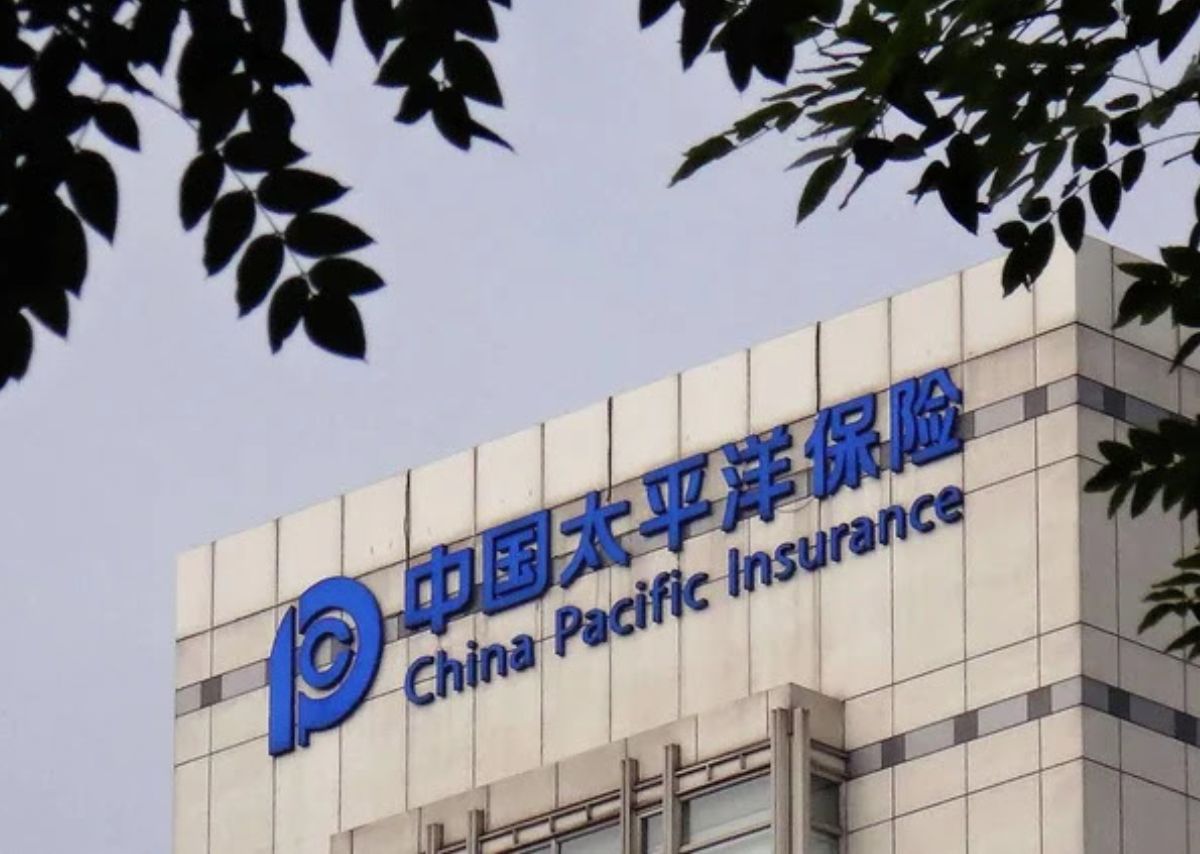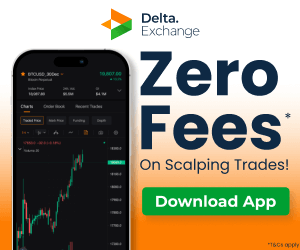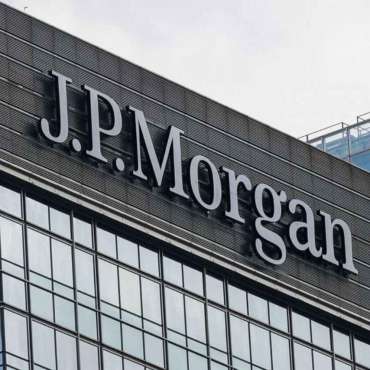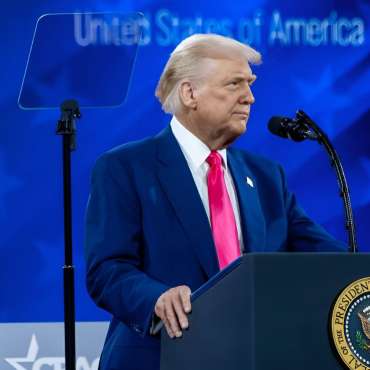As Asia accelerates into blockchain’s next era, China Pacific Insurance (CPIC) Investment Management has unveiled a $100 million tokenised money market fund. Developed with digital asset firm HashKey, the fund signals a bold leap into real-world asset (RWA) tokenisation, a sector growing 500% globally in just one year.
Why Tokenise? CPIC Bets on Blockchain’s Speed and Reach
Behind this move lies a strategic play for efficiency. Traditional financial instruments, like bonds or funds, often face slow settlements and fragmented systems. By digitising assets on blockchain rails, CPIC aims to slash processing times, enable 24/7 transactions, and attract tech-savvy institutional investors.
Hong Kong’s regulatory clarity further fuels this shift. Unlike mainland China’s strict crypto bans, the city permits compliant blockchain experimentation. CPIC’s Hong Kong subsidiary leverages this flexibility, positioning itself as a bridge between traditional finance and Web3 innovation. “Blockchain is finance’s new infrastructure,” asserts HashKey CEO Dr. Xiao Feng, highlighting the tech’s role in modernising value transfer.
How the Fund Works: Dollars, Blockchain, and Institutional Access
Dubbed the eStable Money Market Fund (MMF), the product targets U.S. dollar-denominated short-term assets. Accessible solely to professional investors, it combines the stability of money market instruments with blockchain’s transparency. HashKey Chain, a permissioned institutional blockchain, hosts the fund, while Standard Chartered handles administration.
Tokenisation splits the fund into digital shares, enabling fractional ownership and instant settlements. Meanwhile, smart contracts automate compliance, reducing manual oversight. This structure mirrors efforts by U.S. giants like BlackRock, which tokenised Treasury securities earlier this year.
U.S. Firms Dominate, But Asia Catches Up
America leads the RWA charge, with Franklin Templeton and Fidelity recently launching blockchain-based Treasury funds. Tokenised U.S. government bonds alone now represent a $4.8 billion market up from $800 million in 2023. Yet Asia is closing the gap.
Singapore and Hong Kong have emerged as hubs, blending robust regulation with tech-forward policies. Last month, Singapore’s DBS Bank tokenised a bond; South Korea’s Shinhan Bank followed with a blockchain carbon credit platform. CPIC’s fund amplifies this momentum, offering Asian investors a dollar-denominated safe haven amid regional currency volatility.
Why Institutions Want Tokenised Assets
Tokenisation solves two pain points: liquidity and accessibility. Previously, assets like private equity or real estate required massive capital and paperwork. Now, blockchain fractionalises them, letting smaller players participate. For institutions, faster settlements mean capital isn’t trapped for days.
Additionally, RWAs offer crypto natives exposure to stable yields. “Traditional finance integration is Web3’s surest path,” notes CPIC Investment Management CEO CG Zhou. His firm plans more tokenised products, targeting assets from commodities to intellectual property.
Challenges Ahead: Regulation, Risks, and Tech Limits
Despite enthusiasm, hurdles remain. Cross-border compliance varies wildly, a snag for globally traded tokenised assets. Security risks also loom; while blockchains are tamper-resistant, coding errors in smart contracts can trigger losses.
Scalability is another concern. Current networks like Ethereum handle ~30 transactions per second, far below stock exchanges millions. HashKey Chain, being permissioned, sidesteps public blockchain congestion but sacrifices decentralisation.
What’s Next? A Hybrid Financial Ecosystem Takes Shape
CPIC’s fund is a stepping stone. Analysts predict RWAs will balloon into a $16 trillion market by 2030 as banks, insurers, and governments adopt tokenisation. Hong Kong’s push to become a virtual asset hub could further catalyse Asia’s growth.
For now, the focus stays on merging old and new. As Zhou states, “Compliance-driven blockchains will unlock traditional assets without compromising trust.” Whether reshaping bonds or redefining ownership, blockchain’s fusion with finance is just beginning.
Written By Fazal Ul Vahab C H




